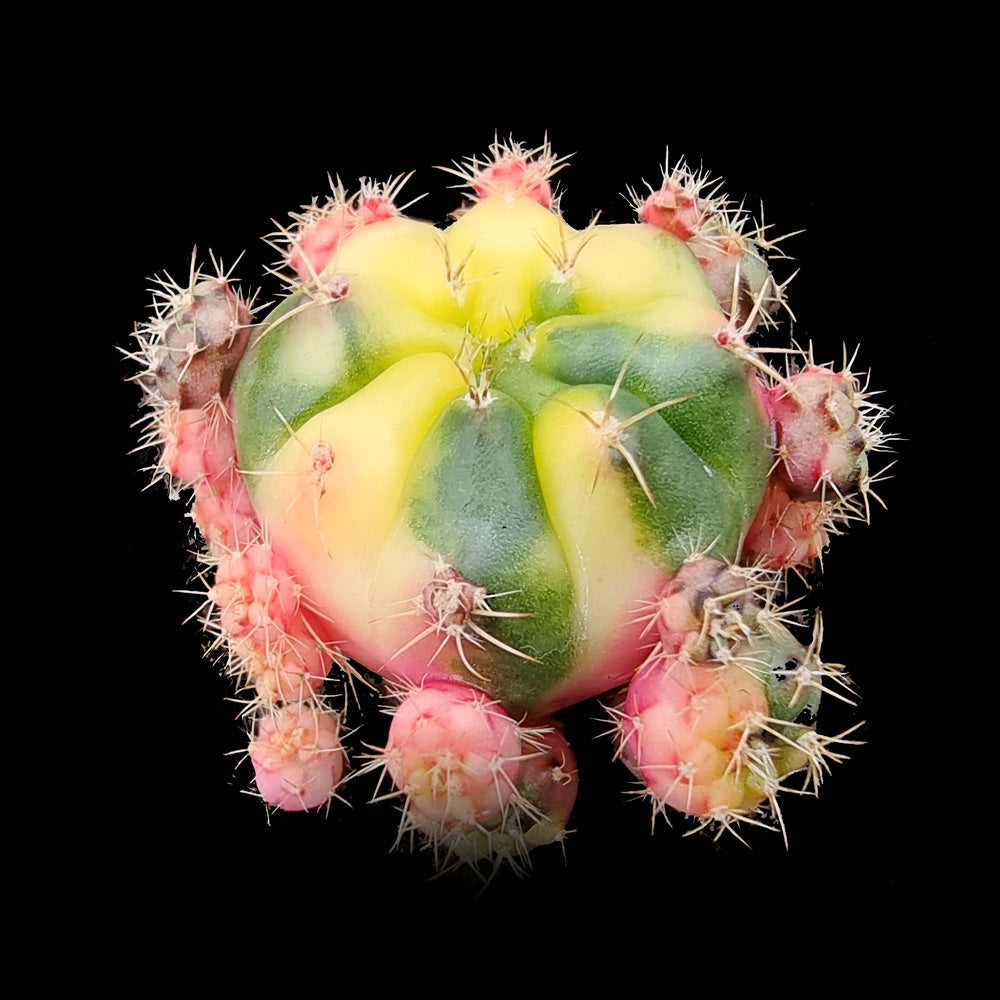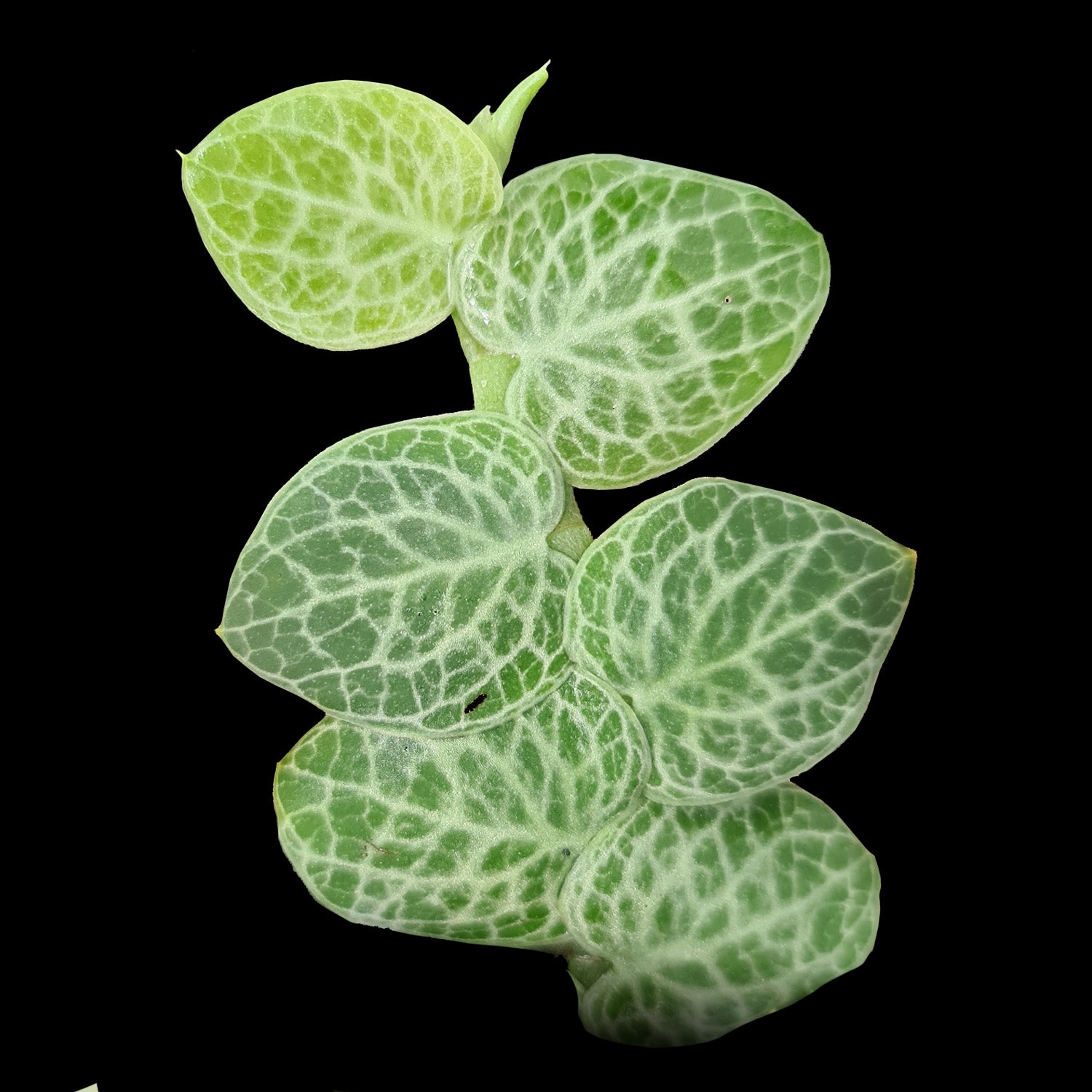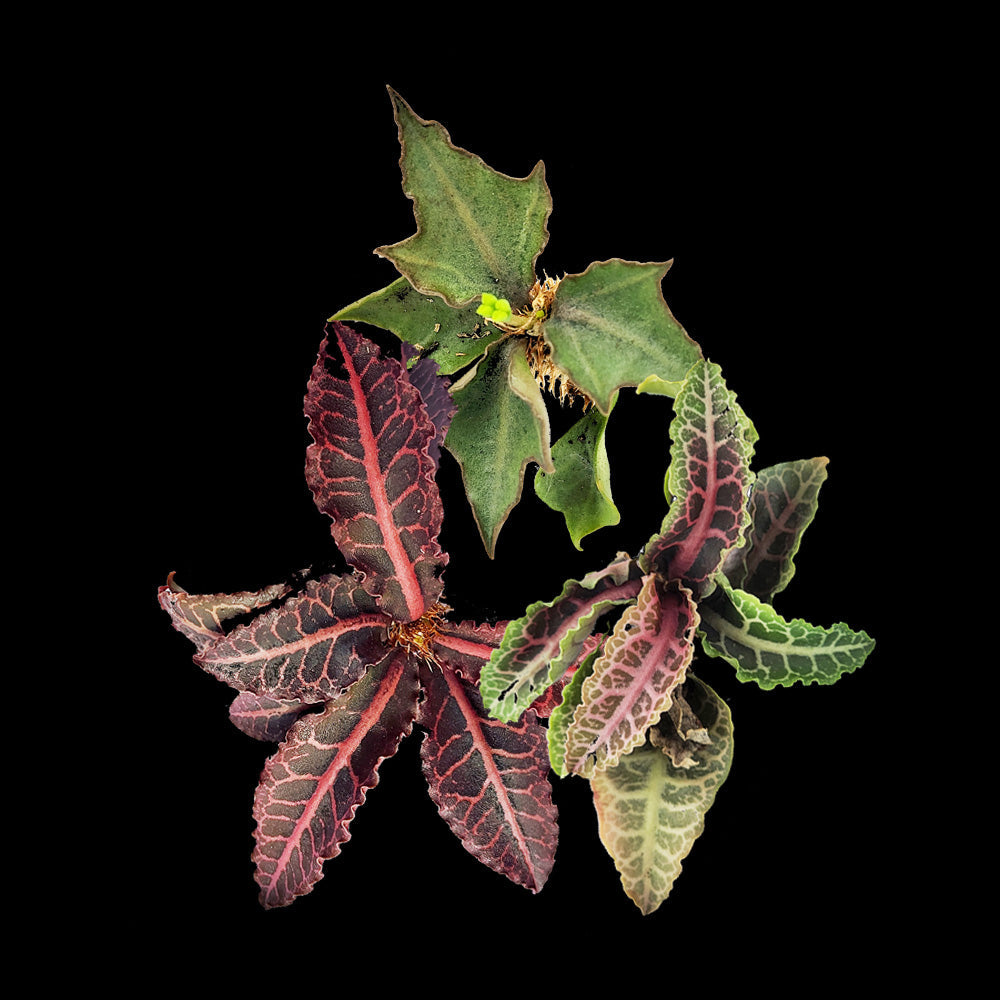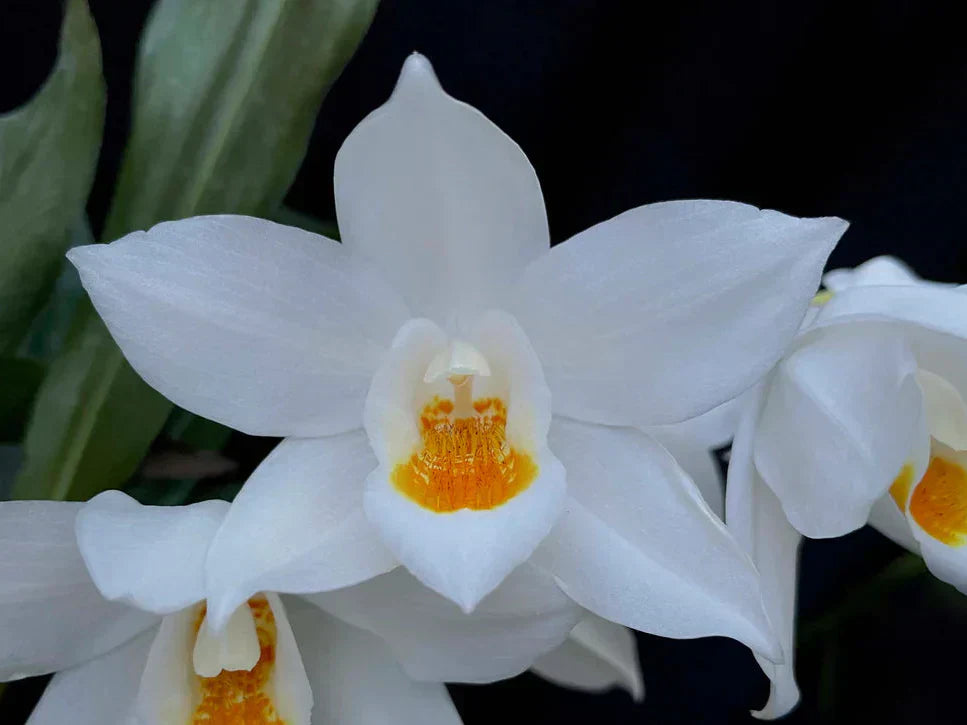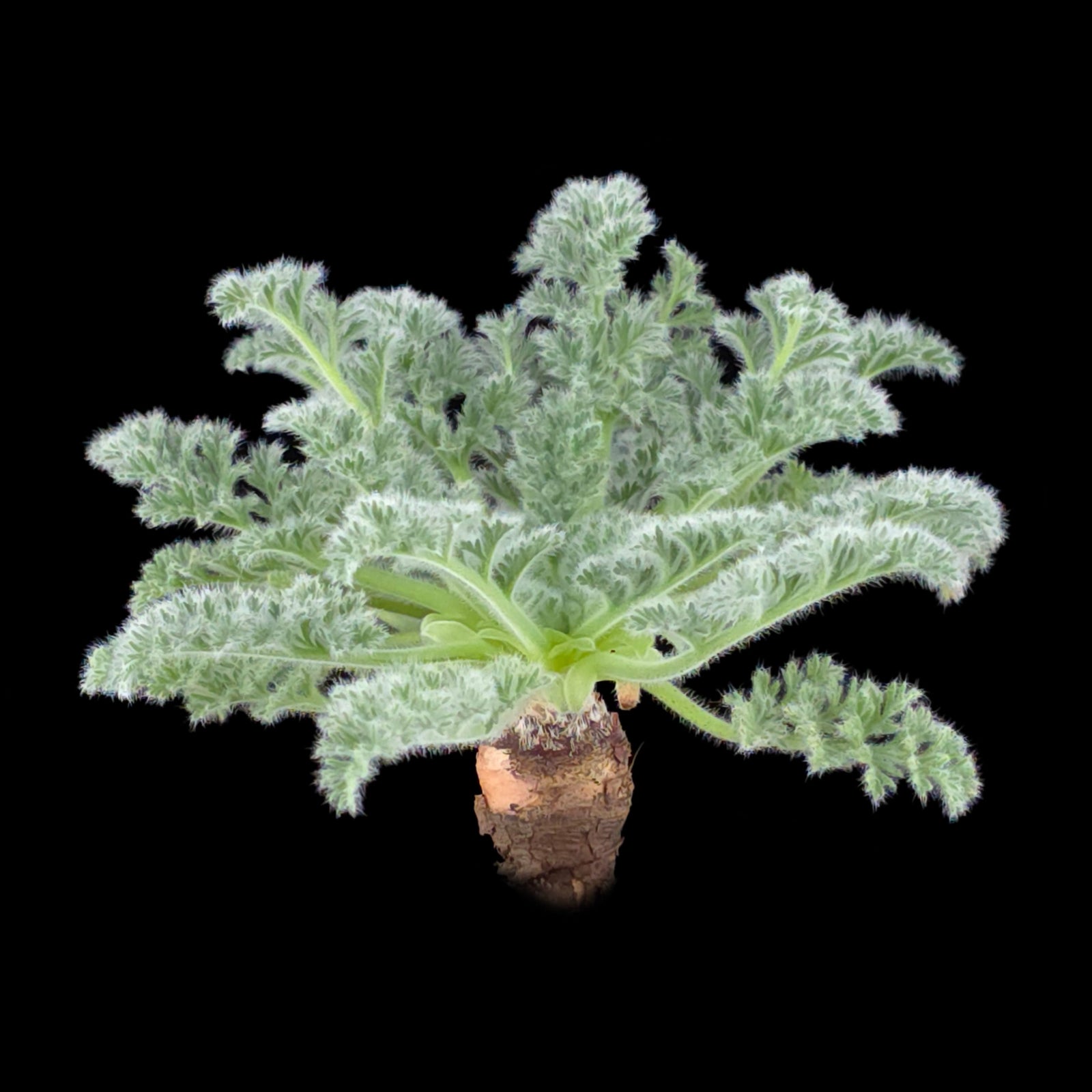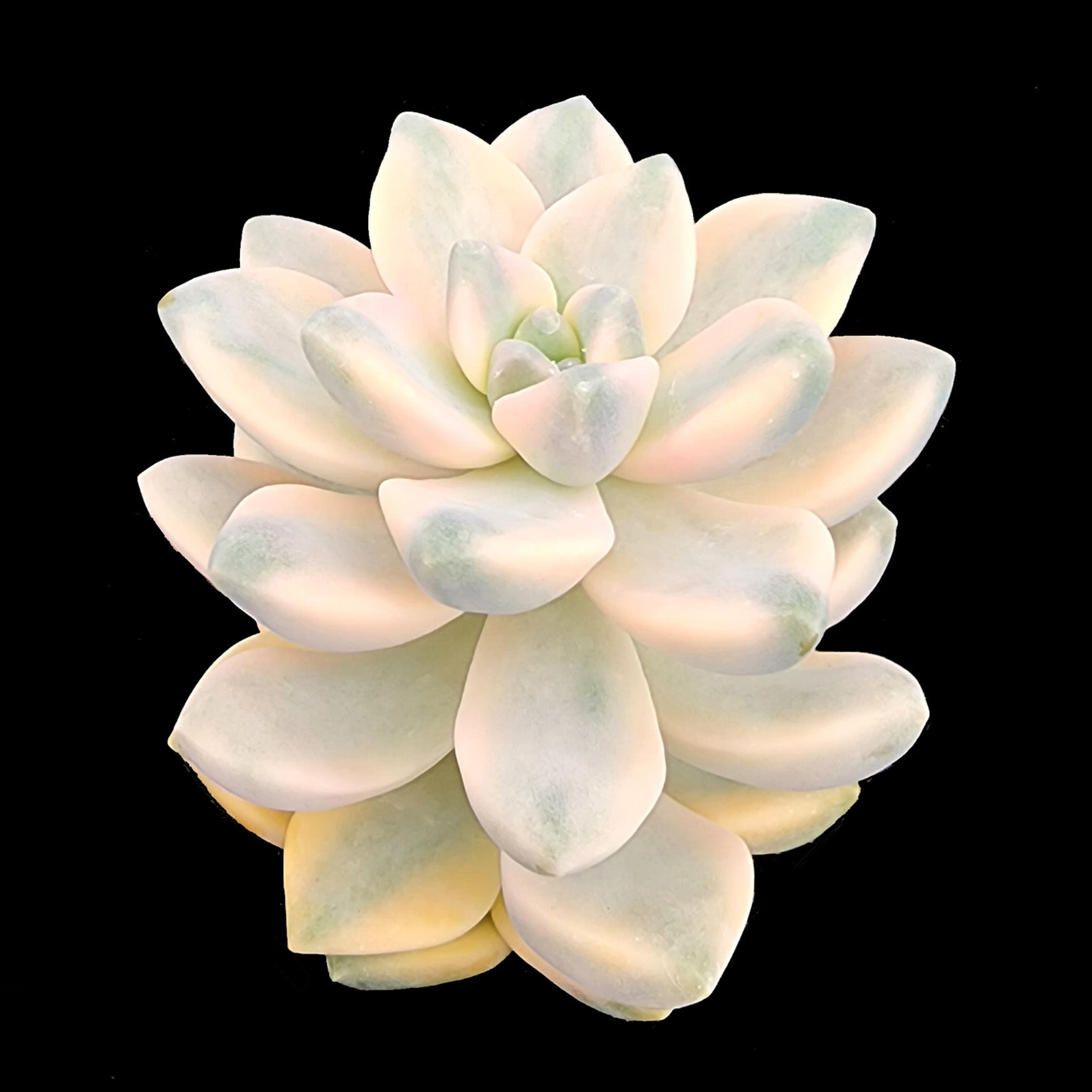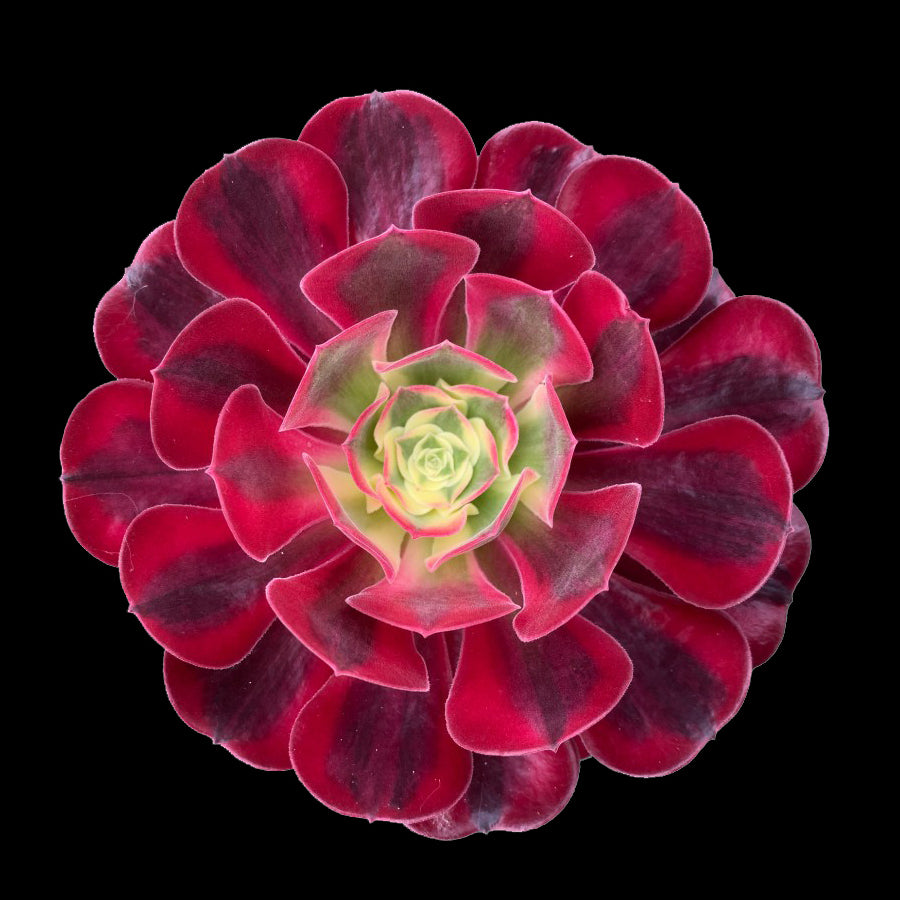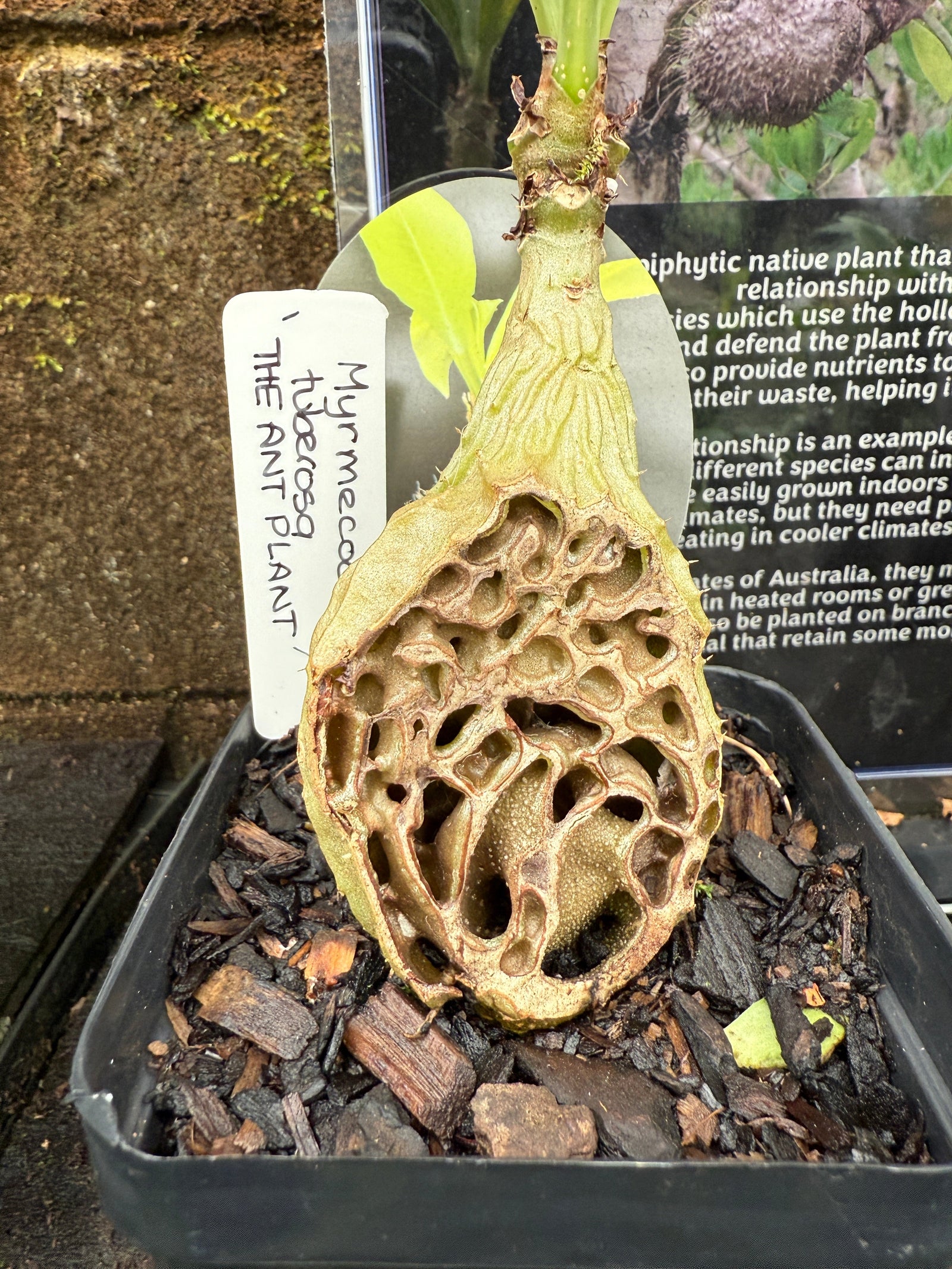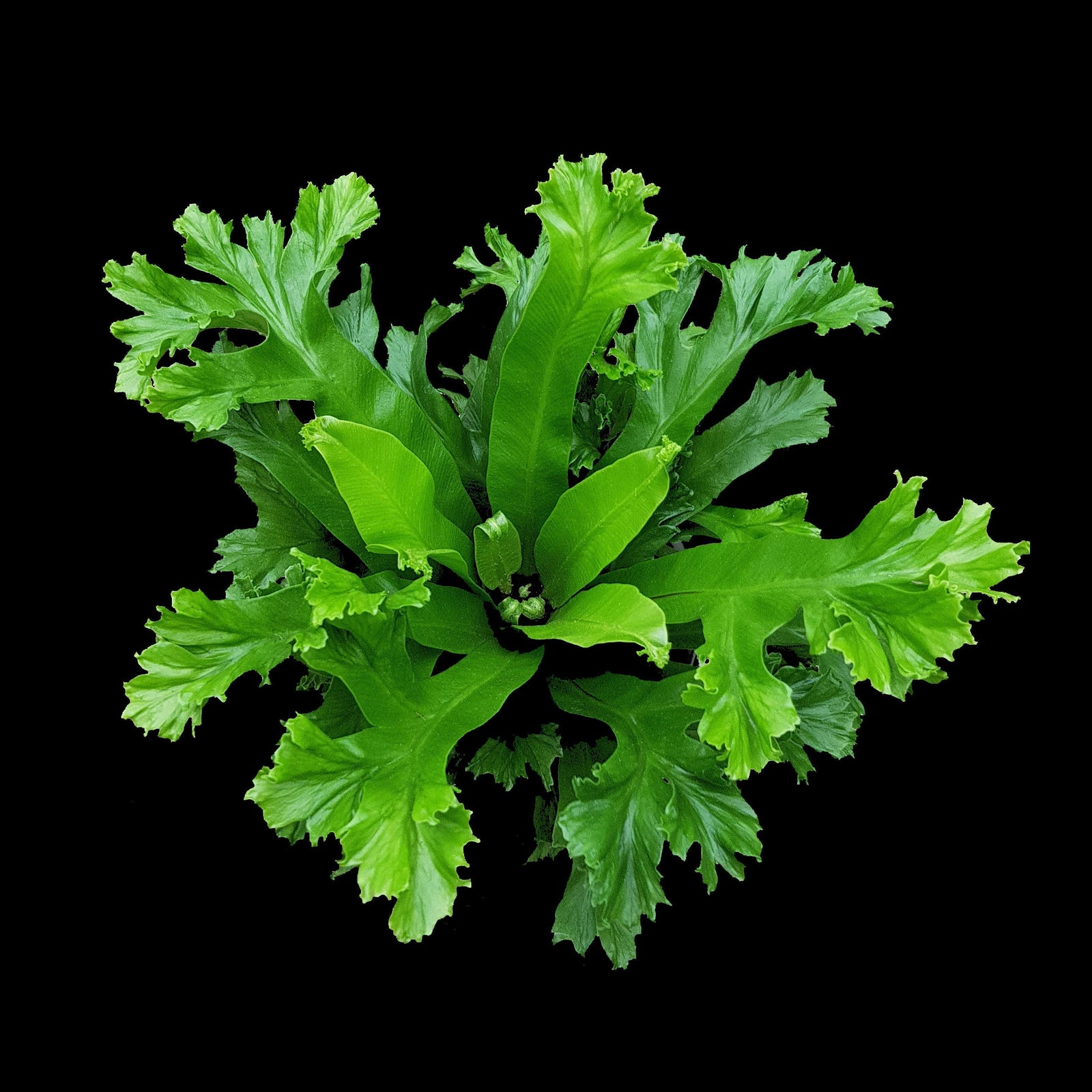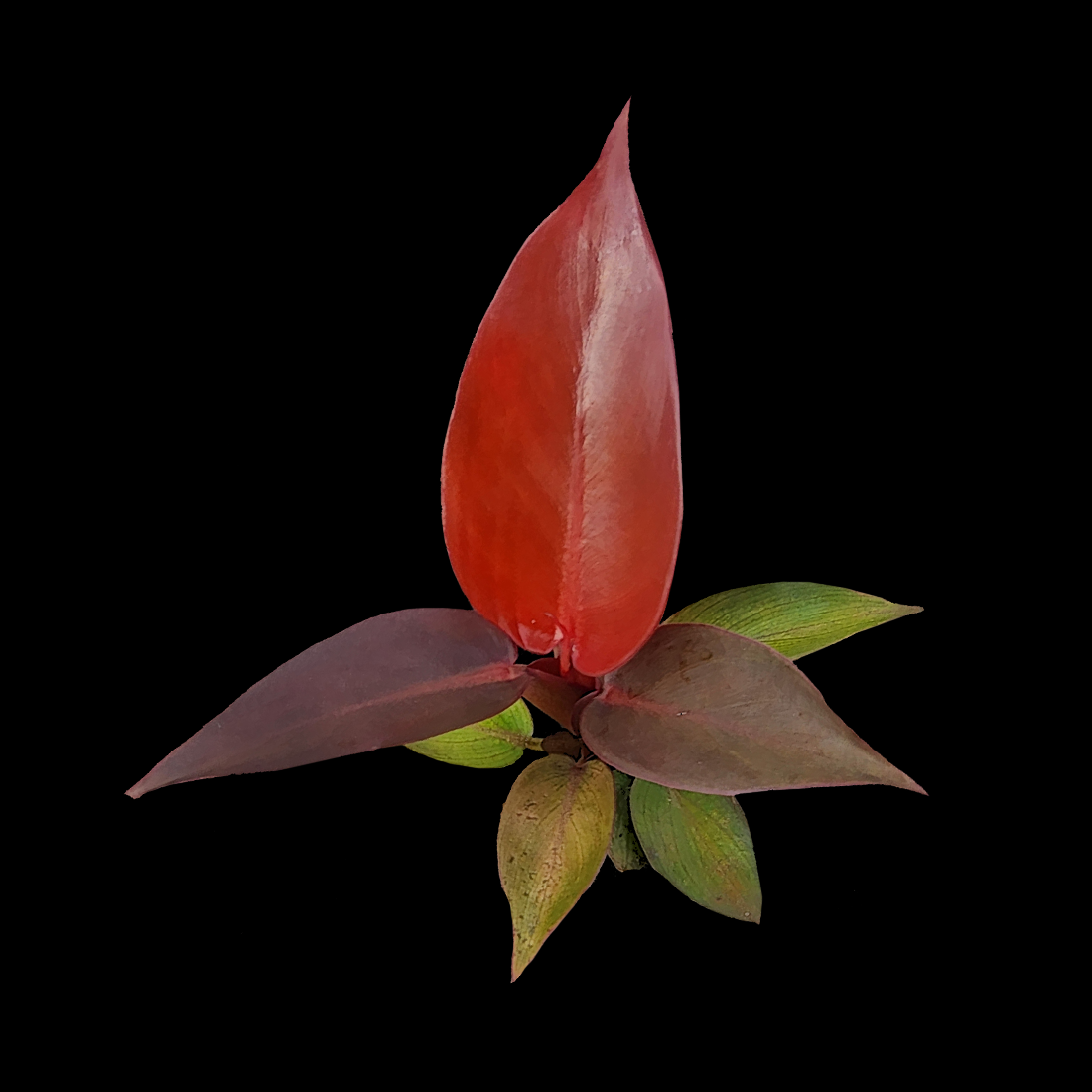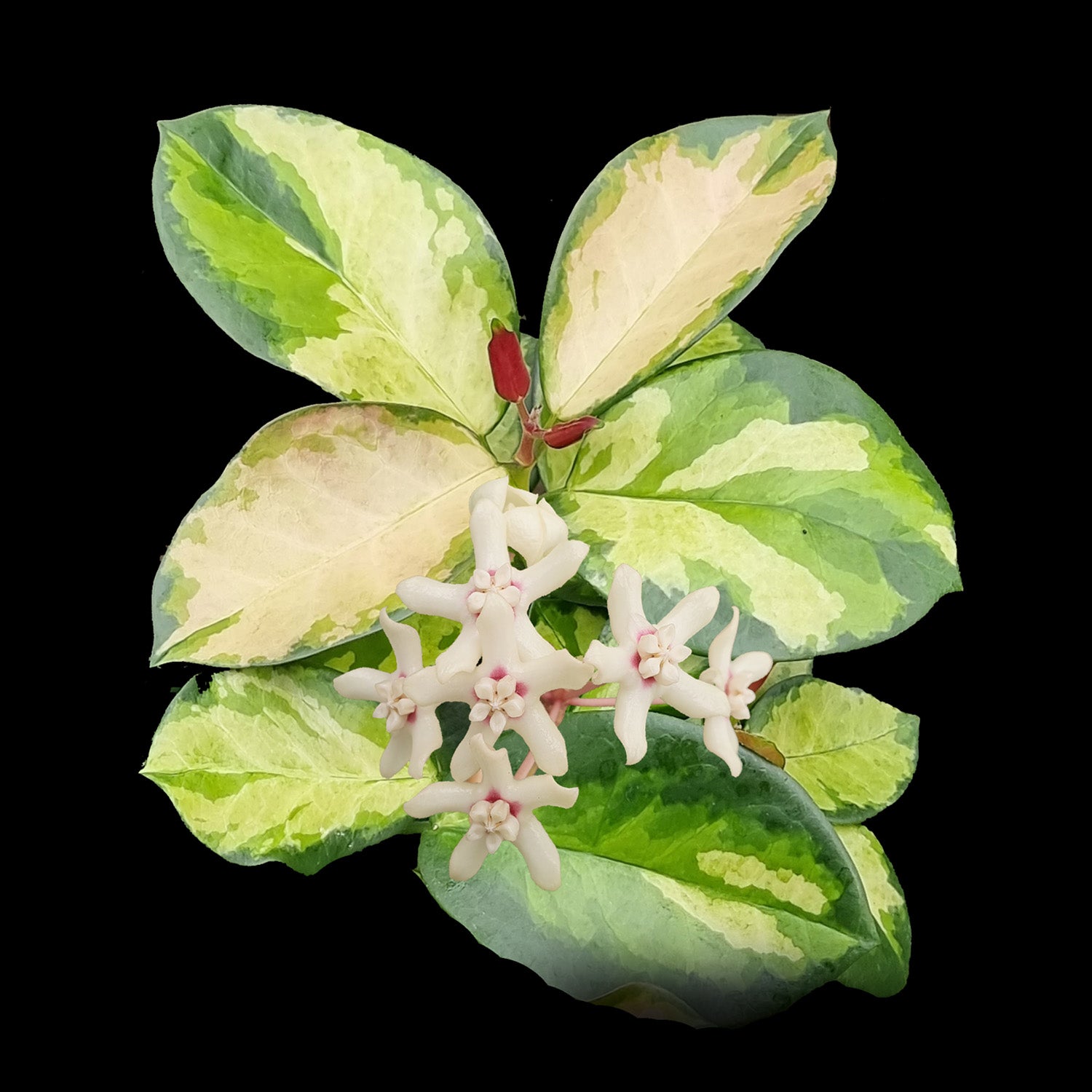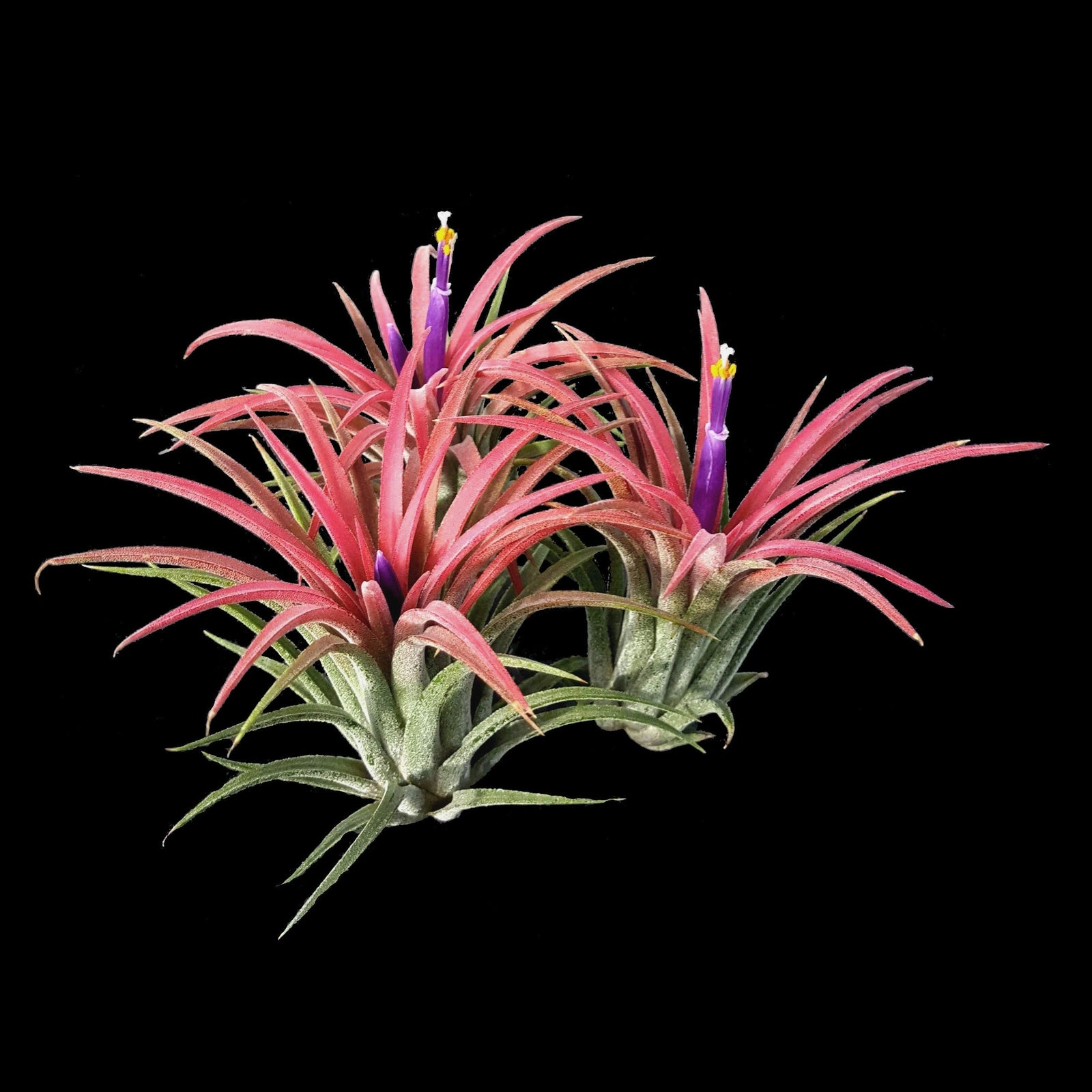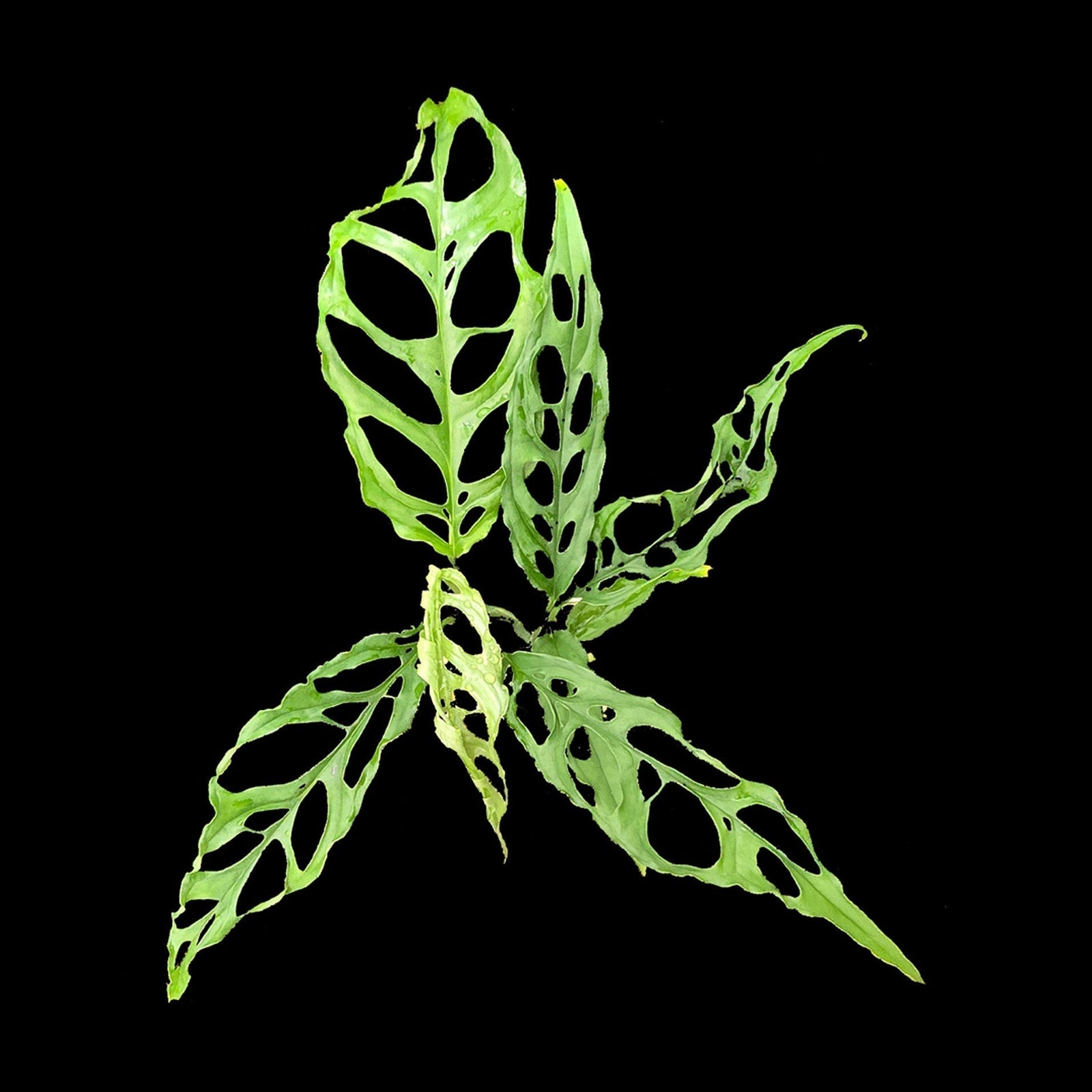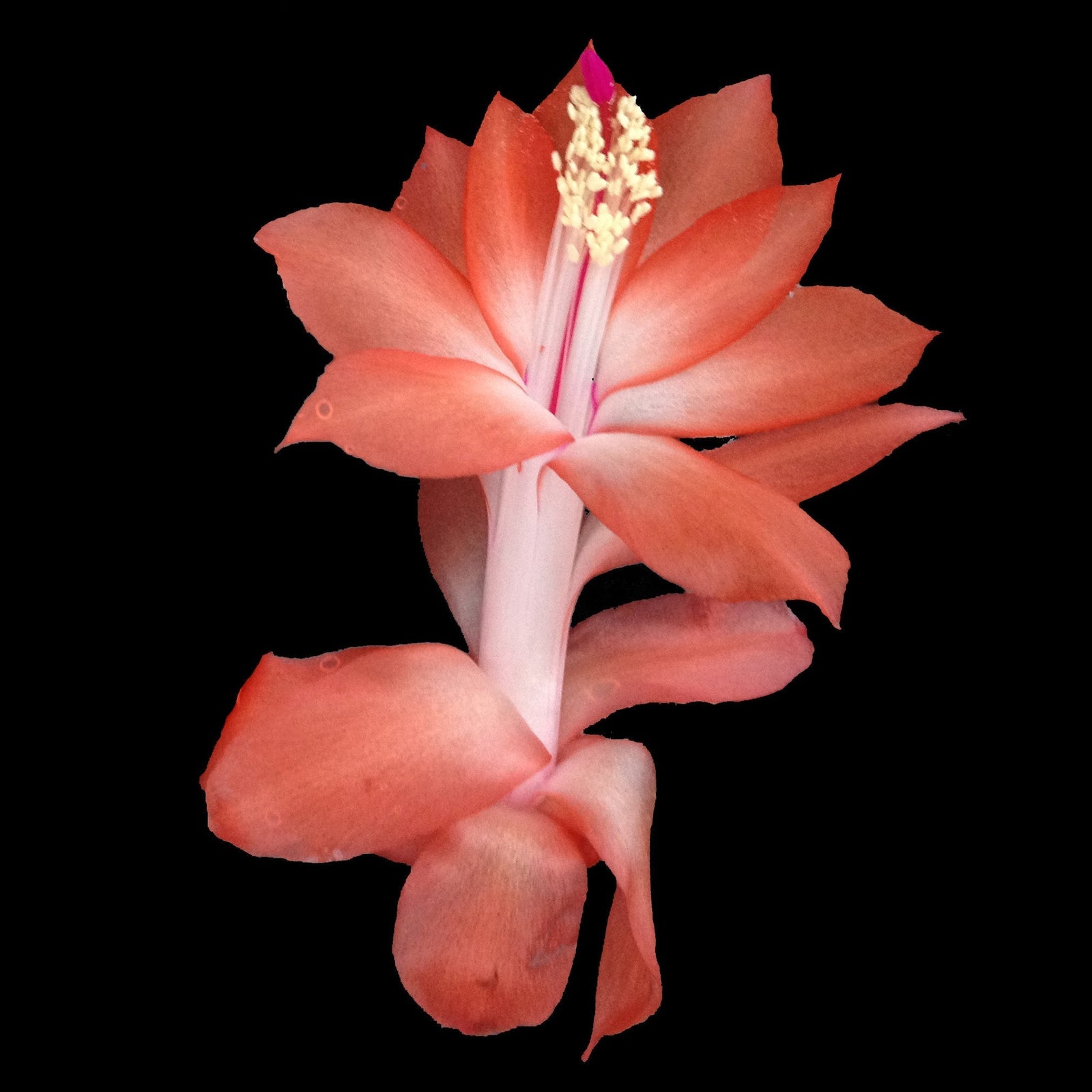A Natural, Chemical-Free Solution
Mexican Butterworts (Pinguicula) are an indispensable tool for any indoor plant collector. While they are grown for their beauty, their primary benefit in a controlled environment is their ability to act as natural, non-toxic flypaper, effectively catching tiny flying pests that bother other plants.
- The Trap: The flat, greasy leaves produce a sticky, highly effective glue (mucilage) that traps gnats, fruit flies, and other small flying insects on contact.
- Placement: Place the Pinguicula pot directly alongside your VFTs, Nepenthes, or other houseplants that are experiencing pest issues. The sticky leaves will often catch the adult pests before they can lay eggs in the surrounding soil.
Troubleshooting Pests on Pinguicula Itself
While Butterworts are great pest catchers, they are not immune to infestation. They are particularly vulnerable to pests that crawl or hide in the roots.
- Root Aphids: Pinguicula are susceptible to root aphids, which hide in the porous media. Signs include sudden, inexplicable decline or yellowing.
- Treatment: Due to their porous media and sensitivity, treating root aphids can be challenging. For best practice and chemical solutions, see our guide on Dealing with Aphids & Mealybugs.
Seasonal Maintenance
Keep your Butterworts active and sticky during the flying insect season by managing their light and water needs.
- Winter Phase: In late Autumn (May), Pinguicula enter a **dry, succulent phase** where they lose their sticky, carnivorous leaves. They will not catch pests during this time. Ensure you correctly manage the strict dry rest period: Mexican Butterwort Dormancy Guide.
- Water Purity: Always use Pure Water (RO/Distilled) to ensure healthy mucilage production.






























